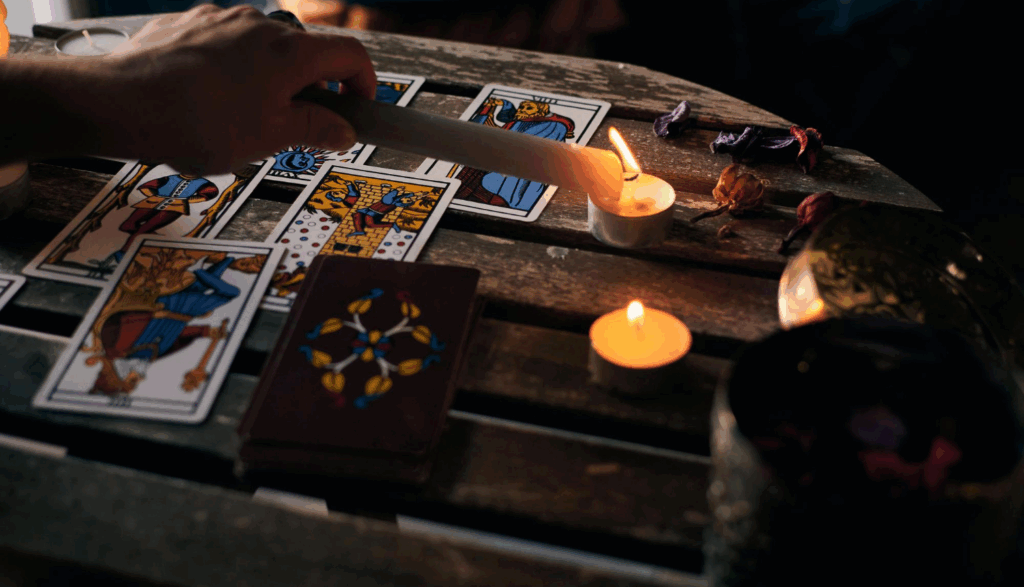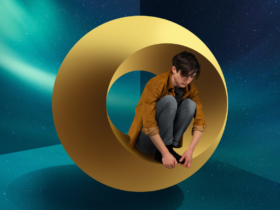The 18th century marked a turning point in the history of tarot, as it transitioned from a card game used for entertainment into a central element of Western occultism. This transformation was not accidental—it was the result of a growing fascination with mysticism, ancient wisdom, and secret knowledge that characterized the Enlightenment’s more esoteric undercurrents.
Prior to this period, tarot cards were primarily used in Italy and France for a game known as tarocchi, with no particular mystical associations. However, in the mid-to-late 1700s, thinkers and occultists began to reinterpret the tarot deck through a metaphysical lens. The most influential among them was Antoine Court de Gébelin, who claimed that the symbolism in tarot traced back to ancient Egyptian mysteries and encoded spiritual truths passed down through the ages. Although his theories lacked historical evidence, they were compelling and imaginative, sparking widespread interest in the occult potential of tarot.
According to Court de Gébelin, the tarot deck was not simply a card game but a repository of arcane knowledge—a visual language that could be used to access universal truths. His ideas were embraced and expanded upon by other esoteric thinkers, such as Jean-Baptiste Alliette, known by his pseudonym Etteilla, who became the first professional tarot reader. Etteilla designed a custom tarot deck specifically for divination, incorporating elements of astrology, the four classical elements, and references to ancient civilizations.

During this era, the tarot began to be linked with other occult systems, including Hermeticism, the Kabbalah, and alchemical traditions. Each card, especially within the Major Arcana, was interpreted as representing a stage in a person’s spiritual journey or a lesson in cosmic law. The cards became tools for accessing hidden dimensions of the self, divining future events, and exploring the mysteries of the universe.
This period also saw the tarot become increasingly popular among secret societies and mystical groups such as the Freemasons and Rosicrucians, who valued symbolism and ritual. These communities helped establish the tarot as a respected instrument for spiritual insight and inner transformation.
Related: How Tarot Can Guide Your Path to a Healthier Lifestyle
By the end of the 18th century, tarot had become deeply woven into the fabric of European occult thought. No longer just a deck of cards, it was seen as a key to unlocking the secrets of the divine, the human soul, and the unseen forces that shape the world. This reinterpretation laid the groundwork for the tarot’s enduring role in modern mysticism and spiritual practice.





















